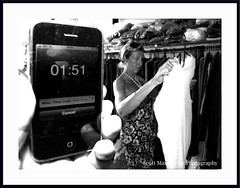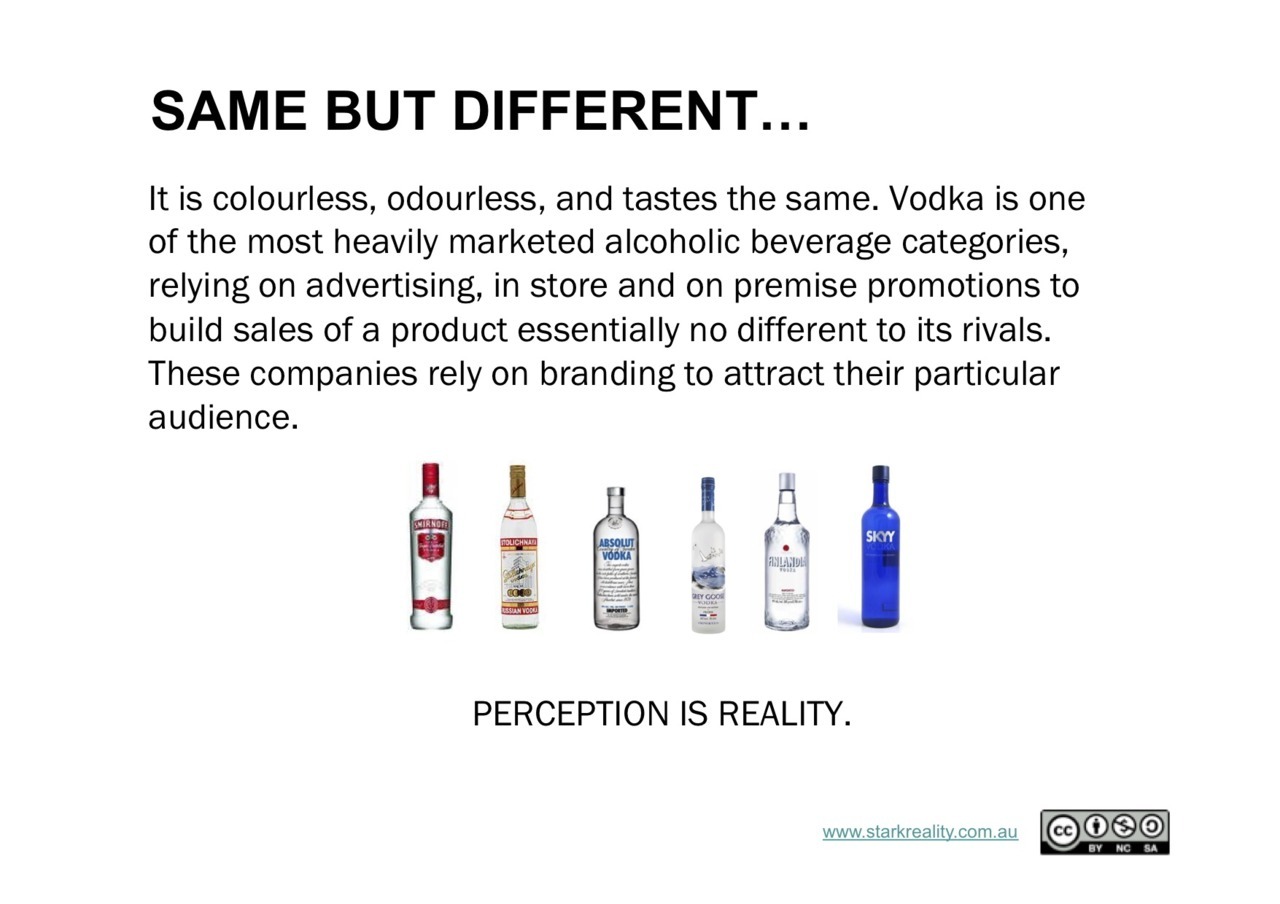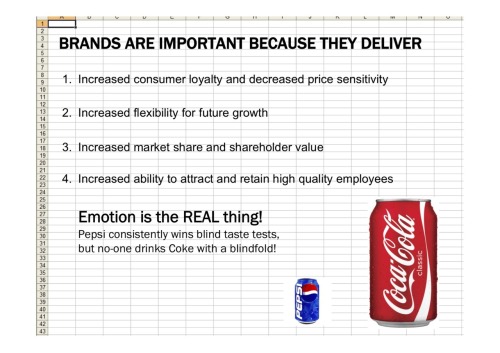
by admin | Feb 16, 2011 | Blog, Content, Promotion, Strategy

Cover via Amazon
People love stories from children’s fairy tales to books and movies. A story is more memorable than a straightforward message. A story is easy to re-tell and pass on to other consumers, hence providing your brand with more Word of Mouth Marketing opportunities.
A brand story needs to be:
- Real and authentic
- Colourful and interesting
Advertisements are nothing more than stories with the best ones engaging their audience. Famous brands such as Virgin and Apple have real stories surrounding their founders and form an important element of their positioning strategy.
Most common marketing stories:
Blake Snyder (professional screenwriter) has story scenarios that align to Maslow’s Hierarchy of needs:
- Physical Needs
- Safety Needs
- Social Needs (Buddy Love & Rights of Passage)
- Self Esteem Needs (Fool Triumphant & Superhero)
- Cognitive Needs (Everyman v Big Brother)
- Aesthetic Needs (Look good, Feel Good)
- Self Actualisation (Search for Meaning & Personal Salvation)
Gerald Zaltman, author of “How Customers Think” and Professor at Harvard Business School identifies deep metaphors in the minds of consumers in “Marketing Metaphoria”:
- Balance
- Transformation
- Journey
- Container
- Connection
- Resource
- Control
and Christopher Booker’s book, “Seven Basic Plots – Why We Tell Stories” (which took him 35 years to write) has the following:
- Overcoming the monster: Defeating a force which threatens safety, existence, success – David v Goliath
- The Quest: A group in search of something (who may find it or something ‘better’)
- Journey and Return: The hero journeys away from home and comes back (having experienced something and maybe having changed for the better)
- Comedy: Not necessarily ‘haha’ funny. a misunderstanding or ignorance is created that keeps parties apart, which is resolved, by the end, bringing them back together
- Tragedy: Someone, tempted (vanity, greed, etc), becomes increasingly desperate, or trapped by their actions, until the climax where they usually die
- Rebirth: Hero is captured or oppressed (a living death existence) until they are miraculously freed
- Rags to Riches: Overcoming a state of poverty, want, and/or need.
By telling your brand story you can differentiate your business and form a stronger connection with your customers and prospects. By understanding why you started the business, or for example why you named it in a certain way, customers will feel like they know you and understand you. After all it is hard to connect with someone you don’t understand.

by admin | Jan 30, 2011 | Blog, Promotion, Strategy

Deep thinking is required to work out the optimal offer for your customers and prospects.
Once you have a good understanding of your customer needs you can begin to formulate your offer. Start out by asking these basic questions and remember that often best ideas come from people who are closest to the customer!
- What problem do you solve and what is unique about the way you do it? E.g.: Sometimes all it takes is a different attitude. Max Super (a Superannuation company) in Australia took a boring and jargon laden product category and made it fun, by making fun of itself and the industry thus appealing to a younger audience. Groupon and it’s now many copy-cats have taken the concept of online auctions and group buying, word-of-mouth, and consumer desire for a bargain to create a whole new fast growing category.
- What are the different market segments?
- What are the Competitors offering? If your offer is no different to your competitors then how do you expect prospects to choose your company? If your offer is essentially the same and in many cases it is, then the how you communicate (promote) that offer to your target audience becomes paramount. Which is why “we marketers” focus so much on the Promotion versus all the other parts of the Marketing Mix.
- What is the Opportunity Cost of your product? E.g.: what will your customers miss out on or give up by buying your product or service? How can you minimise this cost?
- What features are the most / least valued? The innovation that is iPod came about precisely using this type of analysis. There were many much more technically superior MP3 players on the market when iPod came on the scene, but the ipod gave the simplicity of operation to consumers that they craved and took away the features they didn’t value (complexity). Can you imagine if this was done with Video Recorders / Players or software like Microsoft Word – where the vast majority of users only used about 10% of the product’s potential?
- What is the Pricing Structure & Role of Price? E.g.: Price is the simplest and oldest signal of any market place. We have all grown up with the phrase “you get what you pay for”, so make sure you align your price with the perceptions you want to create. Telling prospects that you have the best software, service or widget on the market at the cheapest price may simply mean you will not be believed, so make sure you either price it as being “the best” or take great care explaining how you can deliver it at this price point to make sure your story is credible.
- What is the Distribution Strategy?
- What is the Selling Process?
Make sure that your distribution strategy and sales process are aligned with your customer buying process.
Another great way of discovering new ways of solving old problems is actually examining the existing and recurring customer problems and frustrations and then overcoming those. Every customer problem is actually an opportunity in disguise to improve your customers’ brand experience.
 Image by maxymedia via Flickr
Image by maxymedia via Flickr

by admin | Jan 27, 2011 | Blog, Promotion
Marketing communication within the 5-step decision making process of:
1. Need Recognition or Problem Awareness
2. Information Gathering
3. Evaluation of Alternatives
4. Purchase
5. Post-Purchase Evaluation
implies that customers are extremely rational beings who pass through all stages in every purchase. However, in more impulse type purchases, customers often skip or reverse some of the stages.
We also now know that people are extremely emotional beings and they use logic to justify their emotional reactions. In the B2B arena many marketers have made the mistakes over the years of assuming that emotions play a smaller or non-existent role, yet nothing could be further from the truth.
Although the purchasers may be for an organization and may appear to be based purely on logic, clear benefits, price etc., people are people and they buy from people they like…
Our objective is to provide our prospects with all of the emotional reasons first, as these will have appositive “halo” effect on the rational reasons for purchase.
Hence the above buying process is most useful in designing your sales process and customer brand experience, making sure that each of the ‘touch points’ or stages of interaction with the customer is providing the most optimal experience and leaving the best possible impression.


by admin | Jan 20, 2011 | Blog, Promotion

How do you differentiate your product or service when there is little or no difference?

by admin | Jan 18, 2011 | Blog, Promotion, Strategy

People are emotional beings.
They feel first, think second.
Feelings affect rational thought.
Most purchase decisions are emotional, justified with rational thought later.
In 2002 Daniel Kahneman of Princeton was awarded the Nobel Prize for Economics. His work, for the first time, recognized that it’s the power of emotions and a person’s psychological makeup that are the key determining factors in buying behaviour.


by admin | Jan 16, 2011 | Blog, Promotion, Strategy

Image via Wikipedia
Where are your customers?
Where can you REACH them most cost effectively?
What are they watching, reading, listening to?
ESTABLISH:
Budget – Marketing Budget as a rough rule of thumb is 10% of Sales
Reach – don’t try to talk with too many prospects / customers
Frequency – make sure to repeat your message frequently enough within the set purchase cycle, e.g.: twice per month
Continuity – and pursue your dialogue for long enough, e.g. 6 month campaign
The top 10 marketing tactics for reaching an audience for SME’s are*: (mainly B2B Professional Services and Industrial companies)
*The individual circumstances of each organization may alter the order of this list drastically and the list below is a guide only. As an example, for a small new manufacturing business, Packaging may be their only marketing vehicle and can be used with great success if it is designed correctly.
1. Networking
- Physical – Industry Associations, Trade Shows, BNI, etc
- Virtual (Social Media: LinkedIn, Facebook, etc)
2. Website / Blog, Online Video
3. Search Engine Marketing
- Paid Search / Pay Per Click
- Search Engine Optimisation
- Banner Ads
4. Email
5. PR – Traditional and Online
6. Direct Mail
7. Point of Sale (for Retailers and Small FMCG Manufacturers)
8. Packaging
9. Trade Press / Local Paper / Niche Magazines
10. Outdoor and Out Of Home / Ambient
















Recent Comments